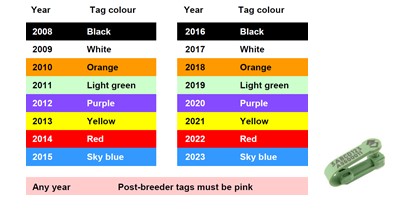Regulatory requirements for the movement of goats within the Northern Territory
In the Northern Territory (NT), domesticated goats are kept on rural blocks for a variety of different purposes, including for lawn mowing, for milk and for meat production. If you are a hobby farmer keeping goats on your property, you should comply with regulations that assist in Australia maintaining its favourable animal health status.
NT property owners with domesticated goats must ensure:
- They have a Property Identification Code (PIC) for their property. More information on PIC’s can be found on the NT Government website.
- If you’re moving goats on or off your property you must complete a NT Waybill. This is a legal requirement in the NT. For more information on NT Waybills and NT Health Certificates for interstate movements, please go to NT waybills webpage.
- Before transporting goats off your property they must be identified with a National Livestock Identification Systems (NLIS) accredited ear tag for the purpose of livestock traceability in the event of a disease outbreak.
- The NLIS data base must be updated with the movement of goats from one PIC to another within 48 hours of arrival.
- Goats consigned to a destination within the NT’s tick free area require a clean inspection by a Livestock Biosecurity Officer.

The transaction ear tag is a NLIS accredited device for goats and are the only source of identification when being moved off a PIC. If the movement from the property of origin is the second or a subsequent movement in a series of movements, additional transaction ear tags in relation to the movement must be attached. However, this does not apply if the property of origin is a trucking yard and the animals have been kept at the yard for 24 hours or less. It also doesn’t apply if the goats are only moved twice, and the second movement is back to the property where the movement began, and the ownership during the movements does not change.

Transaction ear tags can be purchased from your local rural merchandise store, as either a one-piece or two-piece tag. They are identified by colour, according to the goat’s year of birth, rotating through a 8 year cycle. The pink transaction ear tags are post breeder tags that are used for goats that were not born/bred on that property.
More information
For further information on NLIS or ordering tags please follow the National Livestock Identification System in the NT.
